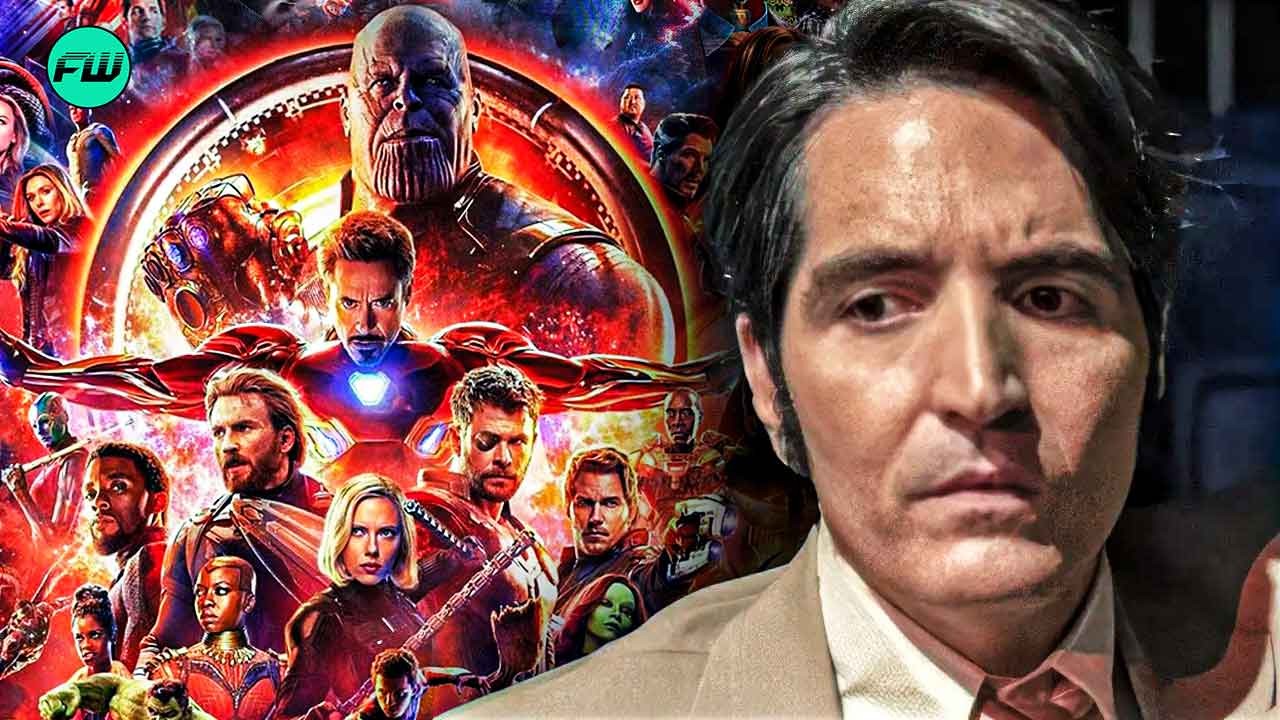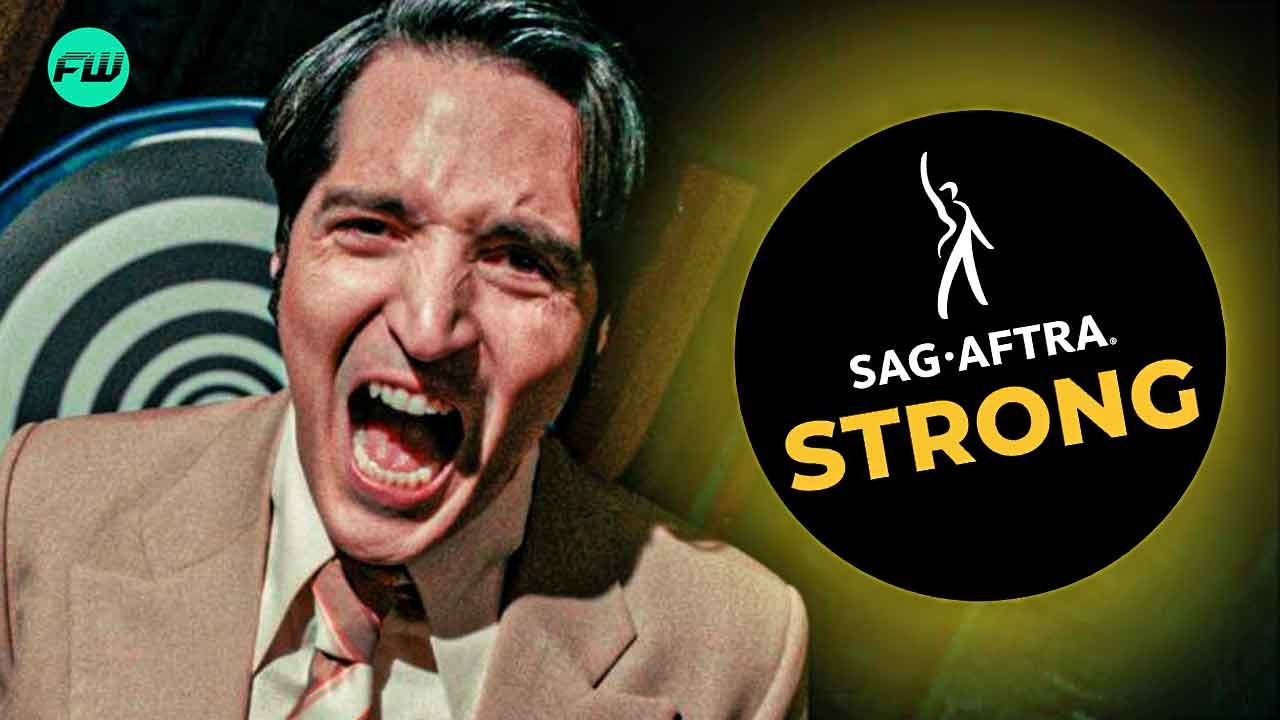David Dastmalchian may have played his part in Marvel, DC, and everything in between, but it is his latest horror flick – Late Night With the Devil – that has scratched an old itch concerning the ballooning budget of the CBM industry. The character actor, who has dipped his toes in numerous creative pools, has finally discovered a way for comic book films and television adaptations to retract their claws from sticking too far down Hollywood’s deep pockets.
Late Night With the Devil Inspires New Form of Film Shooting
Late Night With the Devil‘s director of photography Matthew Temple, an industry veteran, made sure to cash in his expertise from the ’60s and ’70s era of television. The crew soon took to reenacting the old ’80s format, replaying methods that Temple himself learned as a young camera operator in his trainee days. The film’s director, Colin Cairnes, revealed during an interview with Variety:
“[Matthew Temple] unearthed his old scrapbooks from the ’80s when he was a trainee camera operator. It was what all the old school guys from the ’60s and ’70s had taught him about how to shoot television. That became the Bible for his camera crew. It was wonderful to see them embrace a new style of shooting — they had to unlearn how to be cinematic to make an authentic television show. Even the lighting: It was a matter of going to all these old warehouses and dusting off all the old lights, things they hadn’t used in 30 years, and rigging those up. It was like that across all departments.”
With money as a doorstop and the period-appropriate props serving as a necessity, Late Night With the Devil taught itself to get on board the MacGyver train by using the tools available to the crew to deliver the best result.
Marvel Should Take Notes from Late Night With the Devil
The David Dastmalchian film’s producer, Adam White reveals that their $150,000 VFX budget was spent on framing 300 visual effects – equating to $500 per effect. This in turn made the VFX department expend creativity to make up for the shortcomings of their limited budget. White says:
“I come from low-budget filmmaking. You just make it happen. It’s just how it works. We would discover things along the way, even though we were trying to plan it, and sometimes you can have the best intentions of thinking you know exactly how it’s going to happen. But until you start building it, and with the limitations of our budget, it meant we had to find basic solutions.”
White’s outlook reflects one of the basic flaws that the CBM industry suffers from today. To keep up with the audience’s expectations, the films, Disney+ series, and special presentations that Marvel Studios has been churning out lately have all gone down the gutter of creative failure. Despite budgets crossing over into the $200+ million range, projects like Quantumania and Love and Thunder continue to tar and feather the reputation of Marvel Studios – a house that was once the pride and glory of billions of fans across the planet.
Instead of trying to outdo itself using millions of unnecessary dollars, Marvel needs to unlearn its recent flaws and go back to its roots. The era of filmmaking that produced such classics as Iron Man and Captain America: The First Avenger are classic examples of how the studio can gain back its lost reputation by using some of the teachings from its Ant-Man actor’s latest horror film.
Late Night With the Devil is now playing in theaters.


![Late Night With the Devil [Credit: Umbrella Entertainment]](https://fwmedia.fandomwire.com/wp-content/uploads/2024/04/20050930/Late-Night-With-the-Devil-Credit-Umbrella-Entertainment.jpg)
![Late Night With the Devil [Credit: Umbrella Entertainment]](https://fwmedia.fandomwire.com/wp-content/uploads/2024/04/20050939/Late-Night-With-the-Devil-Credit-Umbrella-Entertainment-1.jpg)

![Ant-Man and the Wasp: Quantumania [Credit: Marvel Studios]](https://fwmedia.fandomwire.com/wp-content/uploads/2024/04/20050759/Ant-Man-and-the-Wasp-Quantumania.jpg)
